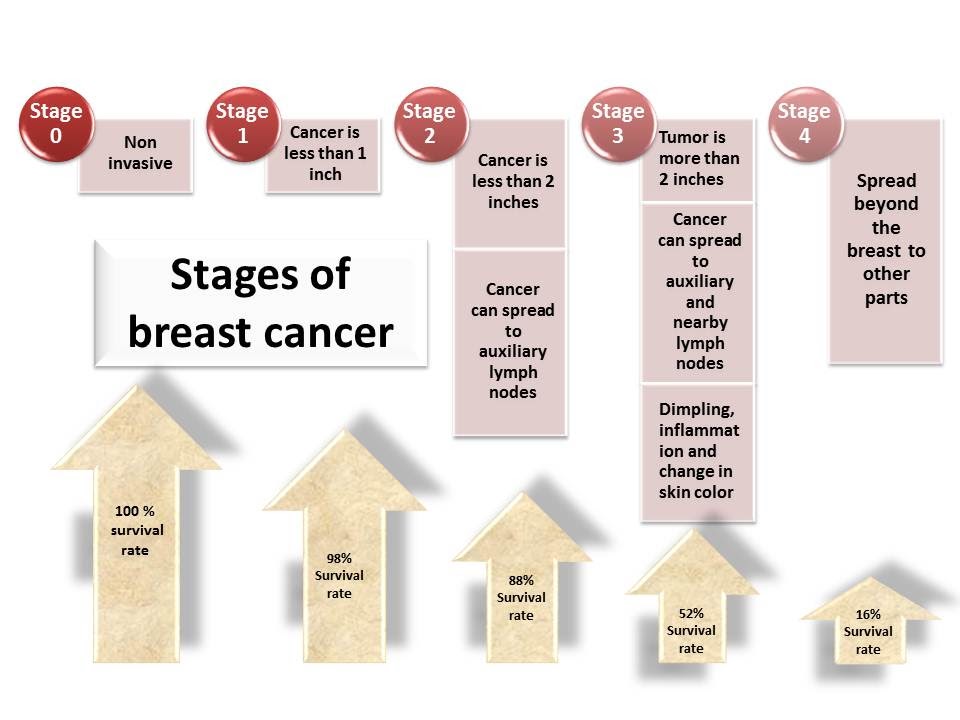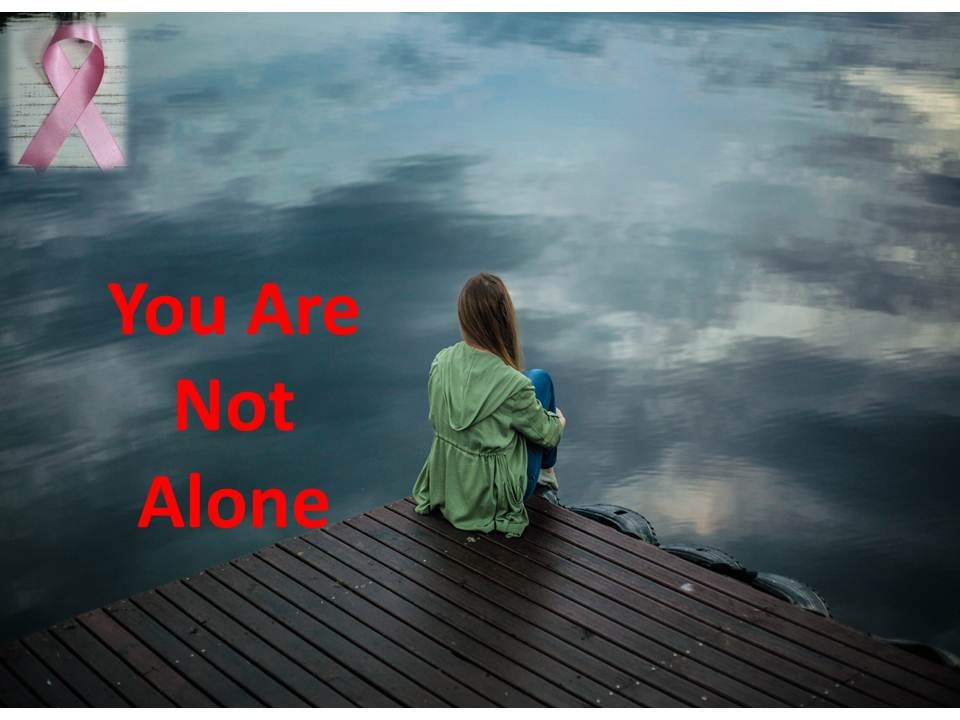Breast cancer is a type of cancer that may be developed in breast cells. The most prominent signs of breast cancer are lumps or patches of thickened breast tissue. Obesity, family history, genetic mutation, and hormone therapy are risk factors that increase the chances of having breast cancer.
What is breast cancer?
Globally, breast cancer is the most common cancer in women, other than skin cancer.
According to the American Cancer Society statistics; more than 250.000 new cases of breast cancer were diagnosed in the United States in 2017

So what do you need to learn about this disease to defend me?
Breast cancer occurs when breast cells develop out of control. This kind of cancer usually develops in either lobules; the glands that produce milk or breast ducts; the channels that deliver the milk to the nipple.
It may be found also in the fibrous connective tissue inside the breast. It can spread when cancer cells get into the blood or lymph system and are transported to other parts of the body.
Breast cancer may be:
-
Non-invasive
-
Pre – Cancerous
-
Still in its original position
-
Eventually develops into invasive breast cancer
-
-
Invasive
-
Cancerous
-
Malignant
-
Spreads to other organs (metastasis)
-

Breast cancer signs and symptoms
It is a vital part of breast health to know how your breasts usually look and feel.
While it is necessary to provide breast cancer screening tests, mammograms do not detect all breast cancers.
A new lump or mass is the most common breast cancer symptom. Cancer is more likely to be a painless, hard mass that has irregular edges, but breast cancer may be tender, soft, or round. It is painful, too. For such reasons, it is crucial to have an experienced healthcare professional check every new breast mass, lump, or breast changes.
Some potential breast cancer signs include:
-
Swelling for all or part of the breast.
-
Dimpling of skin (sometimes appear like an orange peel).
-
Pressure or pain in the breast or nipple.
-
Retraction of the nipple (beginning to turn inwards).
-
A red, dry, flaking, or thickened nipple or breast skin.
-
Discharges of the nipple (other than breast milk).
-
Swollen lymph nodes.
Be safe and know these symptoms may appear with other benign medical conditions. Thus if you have any of them, do refer to medical help immediately to be identified well.
Breast cancer stages
Stage 0:
Anomalous cells in the lining of the breast ducts or secretions. The consequences of an elevated risk of cancer in both breasts.
Stage 1:
Breast tissue cancer that is less than 1 inch wide.
Stage 2: there are less than 2 inches of cancer in the breast tissue tumor. Cancer can spread to the auxiliary lymph nodes as well.
Stage 3:
The tumor is greater than 2 inches long with a substantial extension to auxiliary or adjacent lymph nodes.
Possible dimpling, swelling, or color change of the skin.
Stage 4:
The spread of cancer beyond the breast to other organs.

Risk factors of breast cancer
Anything that makes tumors more likely to get breast cancer is called a risk factor. Yet having one or even many risk factors for breast cancer doesn’t necessarily mean that you are going to develop breast cancer. There are no clear risk factors other than being a woman.

Factors elevate the risk of breast cancer
Gender:
Women are a lot more likely to develop breast cancer than men.
Age increasing:
As you age the breast cancer risk increases.
Clinical history of breast disorders:
You have an elevated risk of breast cancer if you have undergone a breast biopsy that has detected lobular carcinoma or breast hyperplasia.
Breast cancer personal history:
If there was breast cancer in a single breast, you get an increased chance of developing breast cancer in the other one.
Family history of breast cancer:
Your risk of breast cancer increases if one of your family members previously diagnosed with cancer i.e. mother, daughter, or sister is diagnosed with breast cancer, especially at an early age.
Hereditary genes that raise the risk of cancer: gene mutations may be inherited from parents.
Your risk of developing breast cancer may be significantly increased by these genes.
Radiation exposure:
Your risk of breast cancer is raised if you have undergone chest radiation therapy as a child or as a young adult (before age 30).

Obesity:
Your danger of breast cancer is increased by becoming obese.
The start of your period at a younger age:
It raises the risk of breast cancer by beginning the period before age twelve.
Getting your first child when you are older: women who get pregnant after 30 years of age to their first baby could have a higher risk of breast cancer.
Never being pregnant or breastfeeding.
The onset of menopause at an advanced age.
Therapy with postmenopausal hormones:
Breast cancer incidence increases in women who take combination therapy of estrogen and progesterone to relieve postmenopausal symptoms.
Alcohol intake and smoking.
Our dewTreats for you today are about... breast cancer which is the ridiculous enemy facing our pretty ladies in the 20th century. But we have more details, advice, and knowledge tips helping you, our princess, to fight bravely and win your battle. We support you more and more.
For more information about women's health, you can visit our woman category.
Please wait for us for the next article that will discuss how you could be aware of breast cancer manifestations, prevention, awareness, and treatment.



You must be logged in to post a comment.